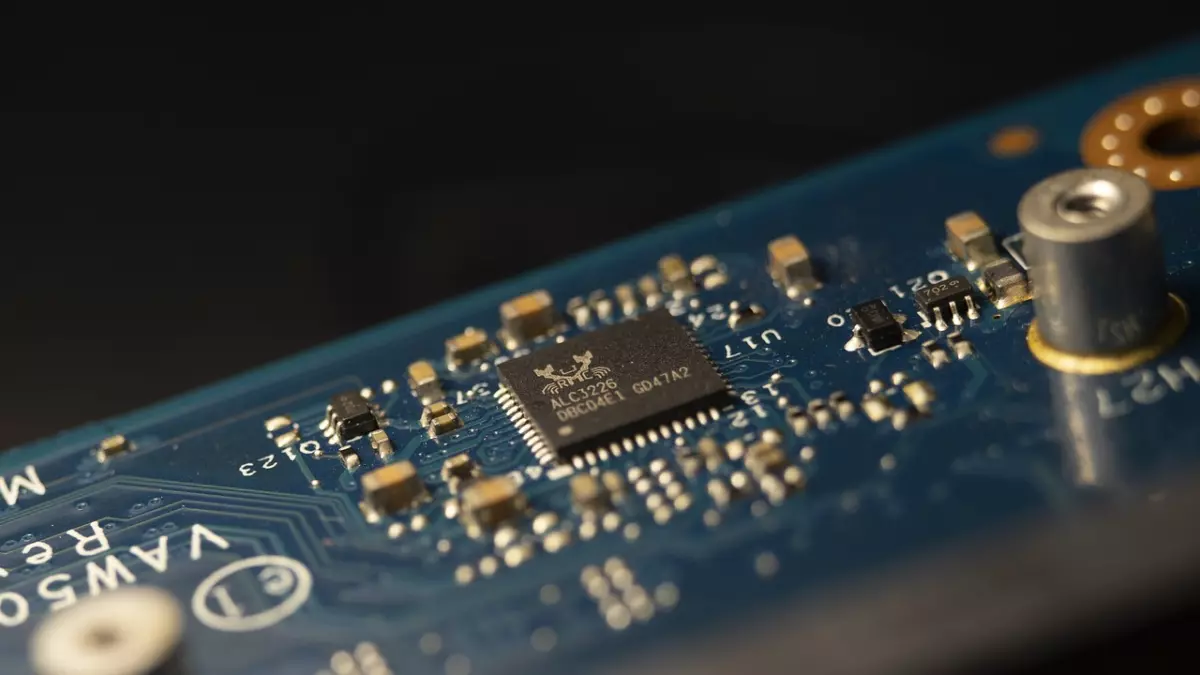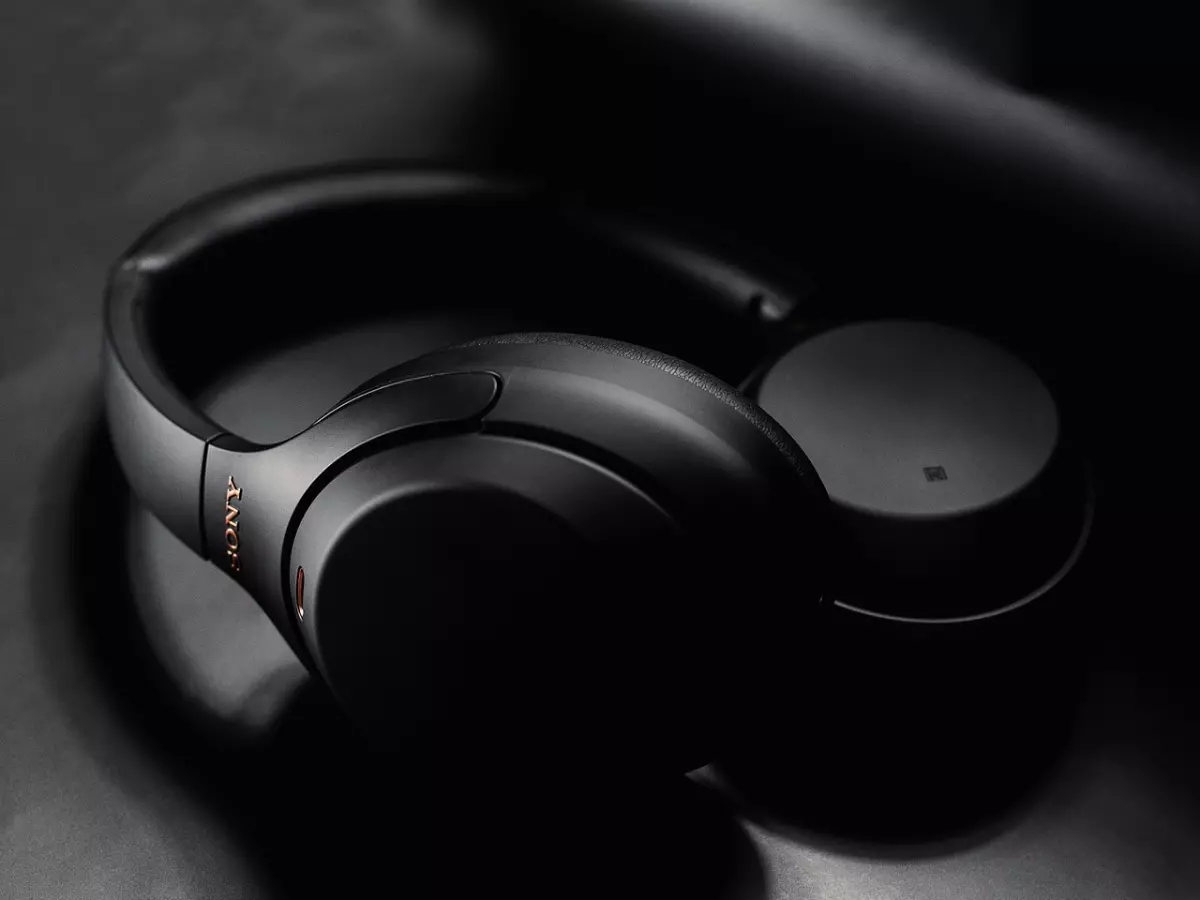Brains Behind the Power
“The microchip is the most revolutionary invention of the 20th century.” – Bill Gates

By Hiroshi Tanaka
Bill Gates wasn’t exaggerating when he said that. The microchip, or more specifically, the chipset, is the unsung hero behind every gadget you own. Whether it’s your smartphone, tablet, or laptop, the chipset is the brain that powers everything. But how does it really impact your device’s performance? And why should you care about it? Let’s dive into the world of chipsets and see how they affect your gadget’s speed, efficiency, and overall experience.
What Exactly Is a Chipset?
Alright, let’s start with the basics. A chipset is a group of integrated circuits that manage the data flow between the processor, memory, and peripherals. Think of it as the traffic controller of your device. It ensures that all the components communicate smoothly and efficiently. Without a good chipset, even the most powerful processor would struggle to perform at its best.
In modern gadgets, the chipset is often referred to as the SoC (System on Chip). This tiny piece of silicon contains not just the CPU (Central Processing Unit), but also the GPU (Graphics Processing Unit), memory controllers, and sometimes even AI processors. It’s like having an entire city of technology packed into a single chip!
How Does It Affect Performance?
Now, let’s get to the juicy part—performance. The chipset is responsible for how fast your device can process tasks, how efficiently it can handle multitasking, and even how long your battery lasts. Here’s a breakdown of the key areas where the chipset makes a difference:
- Processing Speed: The chipset determines how quickly your device can execute commands. A more advanced chipset means faster processing speeds, which translates to smoother app performance, quicker load times, and less lag.
- Multitasking: Ever wonder why some gadgets can handle multiple apps running at once without breaking a sweat, while others start to lag after opening just a few? That’s the chipset at work. A good chipset can efficiently allocate resources to different tasks, ensuring that your device doesn’t slow down when you’re juggling between apps.
- Graphics Performance: If you’re a gamer or someone who loves watching high-definition videos, the chipset’s GPU plays a crucial role. A powerful GPU ensures that games run smoothly, videos play without stuttering, and graphics-intensive apps perform without a hitch.
- Battery Efficiency: Believe it or not, the chipset also affects how long your battery lasts. More advanced chipsets are designed to be power-efficient, meaning they can perform tasks without draining your battery too quickly. This is especially important for smartphones and tablets, where battery life is a top priority.
Chipsets and AI Integration
One of the coolest things about modern chipsets is their integration with AI (Artificial Intelligence). Many of today’s gadgets come with chipsets that have dedicated AI processors. These AI processors can handle tasks like voice recognition, image processing, and even predictive text, all without putting a strain on the main CPU.
For example, in smartphones, AI-powered chipsets can improve camera performance by automatically adjusting settings based on the scene. They can also enhance security features like facial recognition and fingerprint scanning. In short, AI integration in chipsets is making our gadgets smarter and more intuitive.
Why You Should Care About Your Gadget’s Chipset
So, why should you care about the chipset in your gadget? Well, if you want a device that’s fast, efficient, and capable of handling everything you throw at it, the chipset is key. It’s the difference between a gadget that can keep up with your busy lifestyle and one that leaves you frustrated with slow performance and short battery life.
When shopping for a new gadget, don’t just focus on the brand or the screen size—take a look at the chipset. A device with a more advanced chipset will not only perform better but also last longer in terms of future-proofing. As apps and software become more demanding, a powerful chipset ensures that your gadget won’t become obsolete too quickly.
Chipset Evolution: What’s Next?
Chipsets are evolving at a rapid pace. We’re already seeing chipsets with 5nm architecture, which means more transistors packed into a smaller space. This leads to better performance and efficiency. But what’s next? Experts predict that we’ll soon see chipsets with even smaller architectures, like 3nm or 2nm, which will push the boundaries of what our gadgets can do.
Another exciting development is the integration of quantum computing into chipsets. While we’re still a few years away from seeing quantum-powered gadgets, the potential is mind-blowing. Quantum chipsets could revolutionize everything from data processing to encryption, making our gadgets faster and more secure than ever before.
Final Thoughts: The Chipset Matters
At the end of the day, the chipset is the heart and soul of your gadget. It’s the silent workhorse that powers everything from your apps to your battery life. So, the next time you’re in the market for a new device, don’t just focus on the flashy features—take a moment to consider what’s under the hood. Because when it comes to performance, the chipset is the real MVP.
And who knows? With the rapid pace of chipset evolution, the gadgets of tomorrow might make today’s devices look like ancient relics. But for now, understanding the importance of your gadget’s chipset is the first step to making smarter tech choices.





